Curious questions: Does water divining actually work? (N.B. Einstein thought it probably did...)
Widely thought to be a form of witchcraft, water divining relies on a pair of rods and ‘the uncanny reaction of the human nervous system’ to factors unknown. Yet it is still employed by water companies today, discovers Catriona Gray.
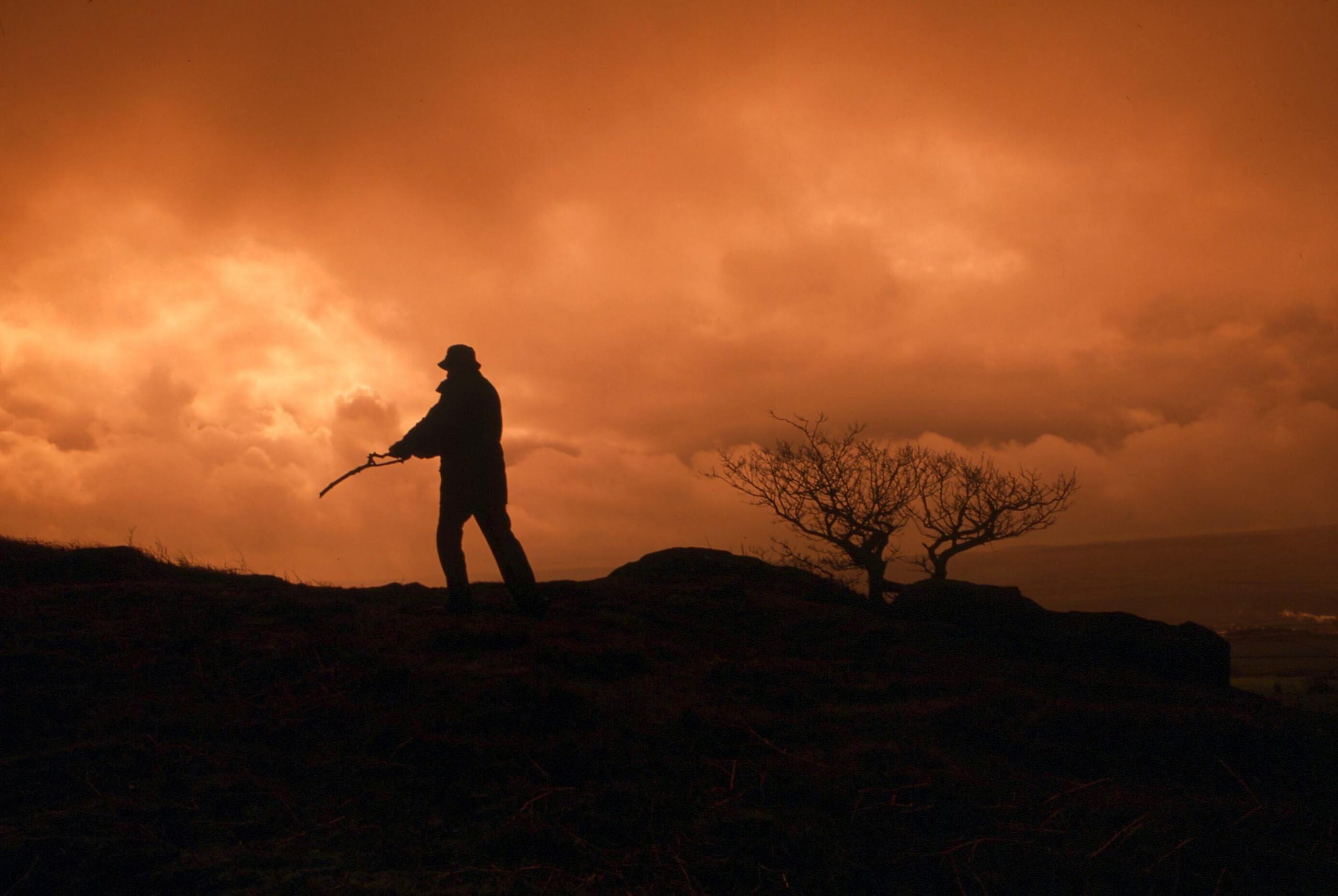

Water divining is one of those things that sounds utterly improbable until you see it for yourself. For me, it happened last summer. Workmen were digging trenches in our garden and we were all worrying about the digger hitting the water pipe, the location of which had always been unknown.
To our surprise, the very pragmatic engineer whipped out a set of divining rods and had not merely located, but had also mapped the course of the pipe in less than a minute. Still sceptical, we tentatively dug where he suggested and, sure enough, the spade soon struck metal. There was the 100-year-old water pipe, following a course that defied all logical pre- dictions, but that had somehow been found, using only a pair of bent copper rods.
"I know very well that many scientists consider dowsing as they do astrology, as a type of ancient superstition. According to my conviction, this is unjustified." — Albert Einstein
The art of divining, also known as dowsing, goes back millennia and seems to have sprung up independently in several different countries. Prehistoric cave drawings in Spain, Algeria and Iraq depict figures clutching a forked twig, engaged in the act of divining. Confucius wrote about it and the ancient Egyptians practised it: divining tools were found in the tomb of Tutankhamun and Cleopatra allegedly employed dowsers to search for gold.
The Christian Church appeared to have a complicated relationship with dowsing — there are plenty of accounts of monks using it, but it was eventually concluded to be on the side of sorcery and was denounced accordingly.
Yet, it continued to be used. Elizabeth I brought German miners over to England to teach British miners how to divine for ore deposits and many notable thinkers and scientists were dowsers, including Leonardo da Vinci, Sir Isaac Newton, Thomas Edison and Albert Einstein. By the early 20th century, it was practised widely, but remained a slightly dubious art.
‘I know very well that many scientists consider dowsing as they do astrology, as a type of ancient superstition,’ wrote Einstein. ‘According to my conviction, this is unjustified. The dowsing rod is a simple instrument which shows the uncanny reaction of the human nervous system to certain factors which are unknown to us at this time.’
In 1933, a group of army engineers came together to found the British Society of Dowsers, a charitable organisation that aimed to explore and promote the art of dowsing. Today, the group has more than 600 members. ‘We believe that everyone has the ability to dowse,’ states Richard Fry, acting president of the society. ‘Most of our members treat it as a hobby — albeit a serious one. Others are listed on our professional register and actually make a living from their skills.’
Sign up for the Country Life Newsletter
Exquisite houses, the beauty of Nature, and how to get the most from your life, straight to your inbox.
Among them is Linda Fentum, a professional water diviner based in Worcestershire, who advises clients on the best spots to dig boreholes. She first tried dowsing when she was living in South Africa and, following her return to the UK in 2005, a chance encounter with another dowser lead her to realise that not only was it possible to locate water, but that she was also able to detect the depth of a water line or an underground stream.
"She is called in after scientific methods – such as hydrogeological surveys – have failed"
With an impressive knack for finding water in tricky spots, she is often called in after more scientific methods — such as hydrogeological surveys — have failed. ‘The worst one was where they had drilled three unsuccessful boreholes before they drilled mine,’ Mrs Fentum remembers. ‘The first three were completely dry, but the place I suggested yielded 20 gallons of water a minute, which is a lot of water.’
She uses a combination of researching the geology of the area and studying maps of the site, then visiting in person to pinpoint the best location and depth. ‘When I find the right spot, I’ll keep my rods in a search position — horizontal to the ground, facing forwards — and ask myself if it’s 10ft, 20ft, 30ft and so on. Once they start reacting, I narrow it down, so if I get a reaction at 80ft, I’ll then count 81, 82, 83 and when the rods turn at right angles, that’s the depth.’
Incredibly, given how specific her estimates are, Mrs Fentum believes that her success rates are higher than 90% — which certainly suggests that there is something more than luck or guesswork going on.

Nonetheless, divining is still seen as a form of witchcraft, if recent newspaper articles are anything to go by. In 2017, a PhD student called Sally LePage contacted a number of British water companies — after her parents spotted an engineer from Severn Trent using a pair of bent tent pegs to locate a water pipe near Stratford-upon-Avon, Warwickshire — and found that 10 out of 12 of them still used dowsing, among other methods.
The result was a flurry of disapproving articles about this ‘discredited medieval practice’, with plenty of scientists weighing in on how ridiculous it was. Unsurprisingly, it resulted in driving divining even further underground; four years later, not a single one of those water companies was willing to comment on the subject.
However, not all scientists dismiss this ancient art. Nicholas Gray, a leading expert in water technology based at Trinity College Dublin, first became aware of dowsing as a child growing up in Gloucestershire, where he saw local water diviners at work and taught himself how to do the same.
‘I strongly suspect there is a rational explanation to do with energy fields caused by water movement,’ he says. ‘For me, divining only reliably works on water pipes and electricity cables, and it is something most people can do. When I was teaching, I’d occasionally take the undergraduates into the college park and we would spend half an hour or so divining, trying to plot the water pipes. It was a bit of light relief from the more formal laboratory sessions, but it always turned out that the majority of students could do it after a bit of practice.’
Having worked in and written about the water industry since the 1970s, consulting for many large companies, Prof Gray has seen first hand how the method continues to be used, but is often frowned upon: ‘In a world of multi-million-pound projects, people somehow feel safer with more modern technologies. If something can’t be explained, then it is better to keep with the explainable.’
Perhaps that’s why dowsing remains principally a rural skill — one that’s passed down from generation to generation, by people who don’t really care why it works, but accept that it does. After all, the best mysteries are the ones that remain unsolved.
How to dowse
- Cut two pieces of thin wire, about 18in in length and 2mm in diameter. Metal coat hangers work well for this.
- Bend the wires to create a right angle about two-thirds along their length.
- Hold one in each hand, by the short length, then raise the rods, keeping your elbows to your sides and the rods pointing directly for- wards.
- Start off by placing a bottle of water on the floor, then walking over it. Eventu- ally, the rods should cross involuntarily when you reach the water source.
- Don’t worry if it doesn’t work immediately—try to relax and keep practising.
The British Society of Dowsers offers classes and further advice

Curious Questions: Do love potions actually work?
The idea of a potion that can make someone fall in love is as old as the idea of love

Curious Questions: How does soap work?
We've been using soap for thousands of years, as Martin Fone finds out. But how does it actually work?
Country Life is unlike any other magazine: the only glossy weekly on the newsstand and the only magazine that has been guest-edited by HRH The King not once, but twice. It is a celebration of modern rural life and all its diverse joys and pleasures — that was first published in Queen Victoria's Diamond Jubilee year. Our eclectic mixture of witty and informative content — from the most up-to-date property news and commentary and a coveted glimpse inside some of the UK's best houses and gardens, to gardening, the arts and interior design, written by experts in their field — still cannot be found in print or online, anywhere else.
-
 Diamonds are everyone's best friend: The enduring appeal of one of Nature's sparkliest treasures
Diamonds are everyone's best friend: The enduring appeal of one of Nature's sparkliest treasuresEvery diamond has a story to tell and each of us deserves to fall in love with one.
By Jonathan Self
-
 Hidden excellence in a £7.5 million north London home
Hidden excellence in a £7.5 million north London homeBehind the traditional façades of Provost Road, you will find something very special.
By James Fisher
-
 Curious Questions: Will the real Welsh daffodil please stand up
Curious Questions: Will the real Welsh daffodil please stand upFor generations, patriotic Welshmen and women have pinned a daffodil to their lapels to celebrate St David’s Day, says David Jones, but most are unaware that there is a separate species unique to the country.
By Country Life
-
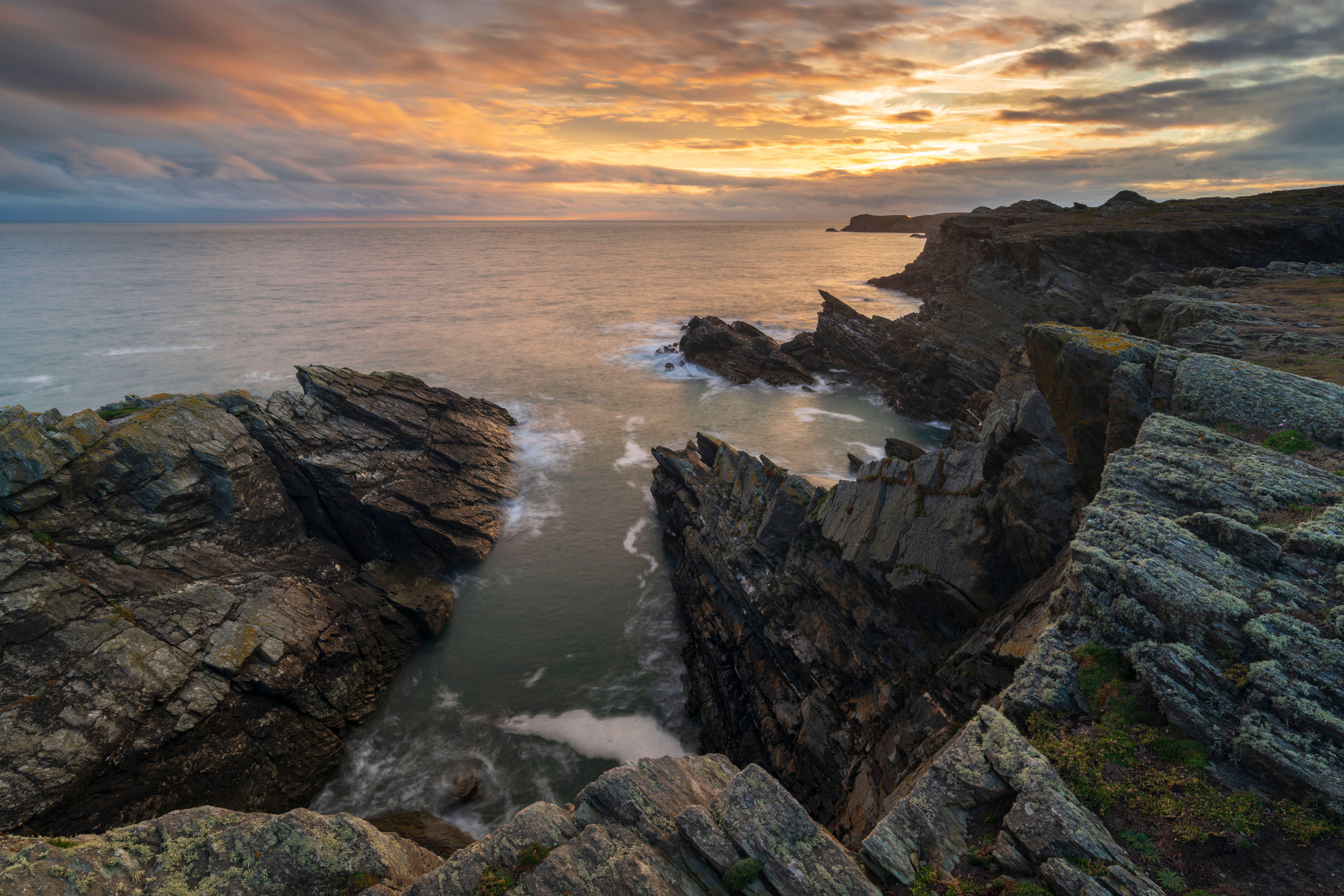 Nobody has ever been able to figure out just how long Britain's coastline is. Here's why.
Nobody has ever been able to figure out just how long Britain's coastline is. Here's why.Welcome to the Coastline Paradox, where trying to find an accurate answer is more of a hindrance than a help.
By Martin Fone
-
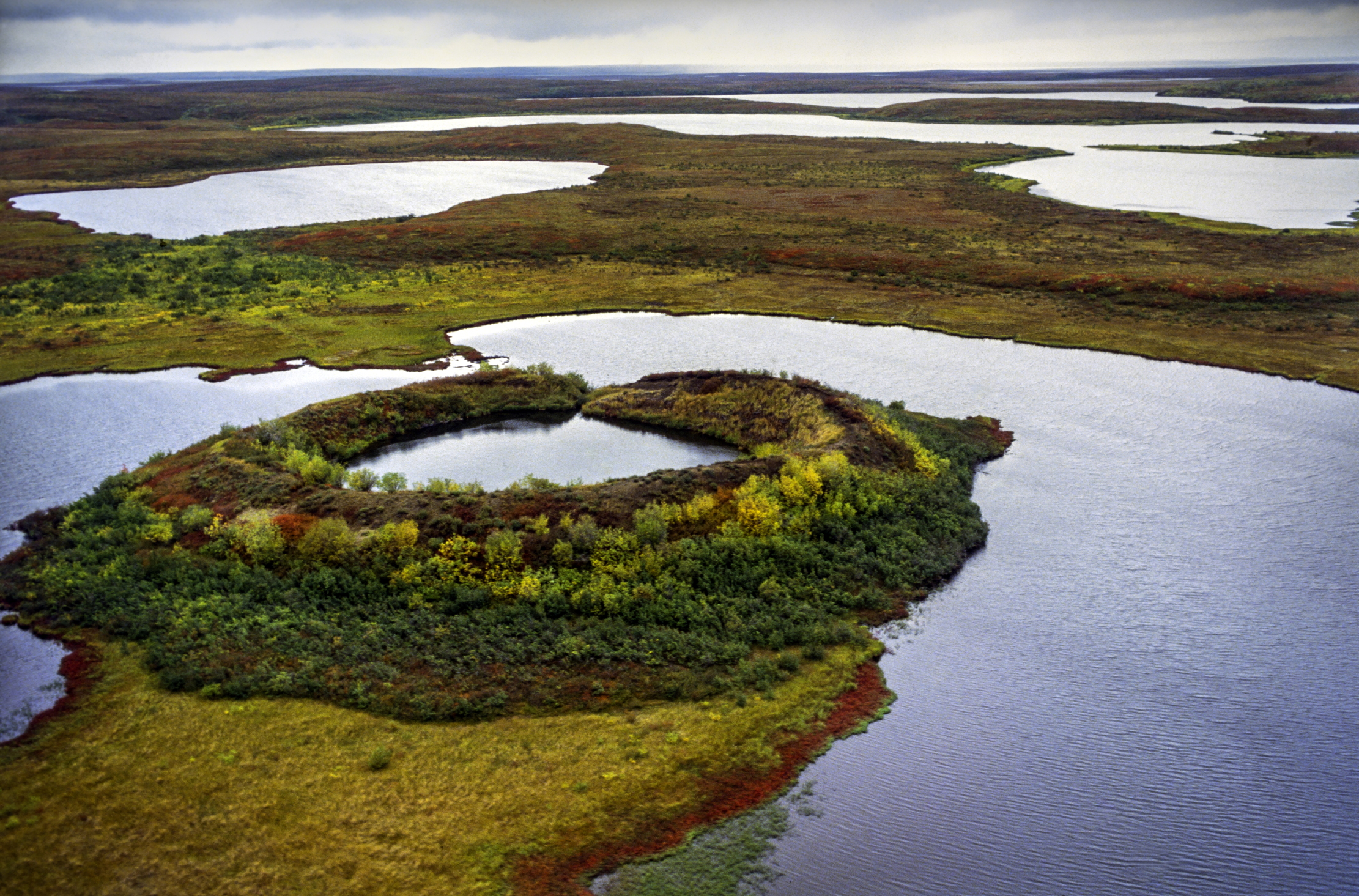 Curious questions: how an underground pond from the last Ice Age almost stopped the Blackwall Tunnel from being built
Curious questions: how an underground pond from the last Ice Age almost stopped the Blackwall Tunnel from being builtYou might think a pond is just a pond. You would be incorrect. Martin Fone tells us the fascinating story of pingo and dew ponds.
By Martin Fone
-
 Curious Questions: What's in a (scientific) name? From Parastratiosphecomyia stratiosphecomyioides to Myxococcus llanfair pwll gwyn gyll go gery chwyrn drobwll llan tysilio gogo goch ensis, and everything in between
Curious Questions: What's in a (scientific) name? From Parastratiosphecomyia stratiosphecomyioides to Myxococcus llanfair pwll gwyn gyll go gery chwyrn drobwll llan tysilio gogo goch ensis, and everything in betweenScientific names are baffling to the layman, but carry all sorts of meanings to those who coin each new term. Martin Fone explains.
By Martin Fone
-
 Curious Questions: How did a scrotum joke confuse paleontologists for generations?
Curious Questions: How did a scrotum joke confuse paleontologists for generations?One of the earliest depictions of a fossil prompted a joke — or perhaps a misunderstanding — which coloured the view of dinosaur fossils for years. Martin Fone tells the tale of 'scrotum humanum'.
By Martin Fone
-
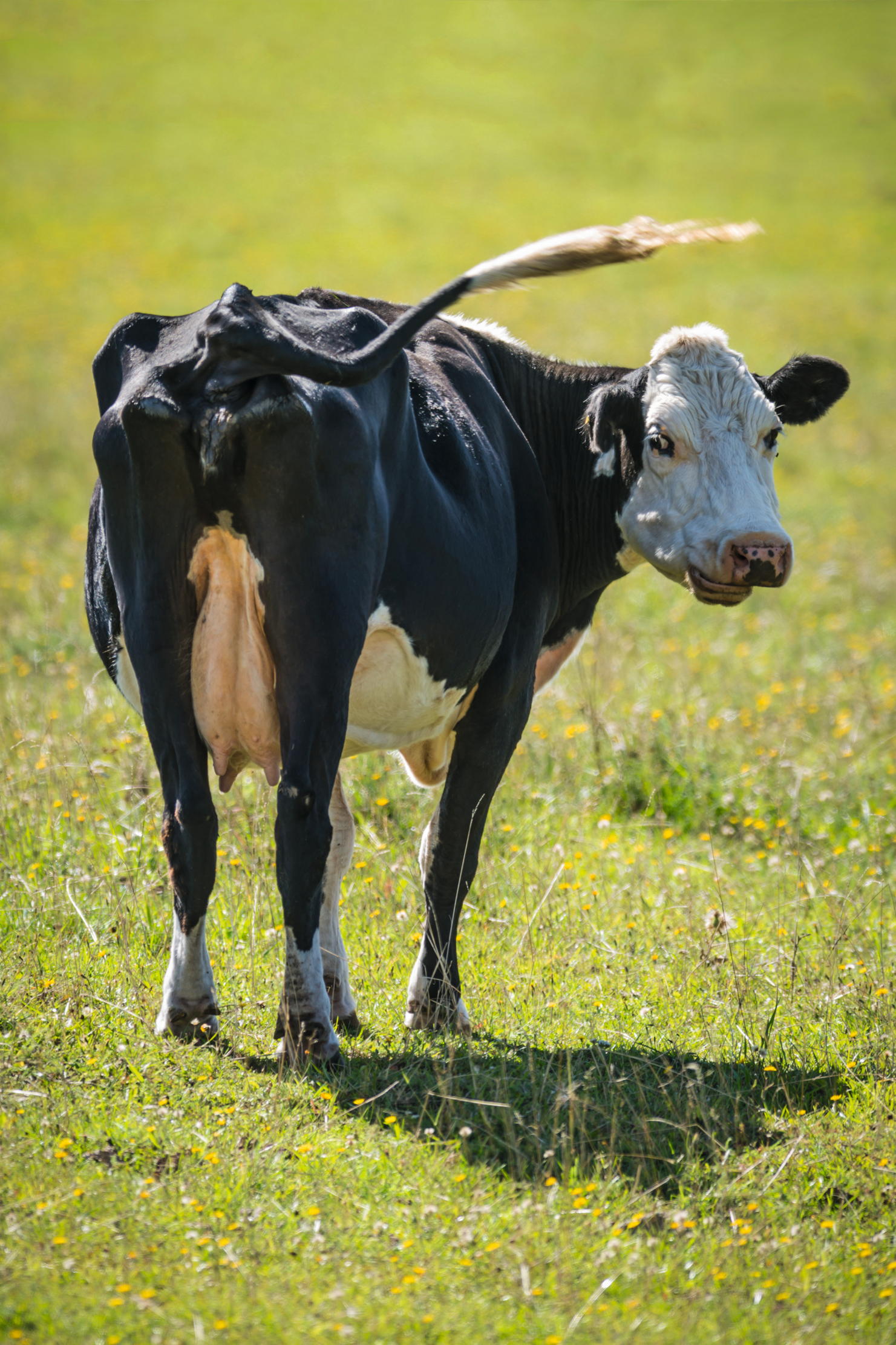 Curious Questions: Why do so many animals have bright white bottoms?
Curious Questions: Why do so many animals have bright white bottoms?Why do so many animals have such obviously flashy appendages, asks Laura Parker, as she examines scuts, rumps and rears.
By Laura Parker
-
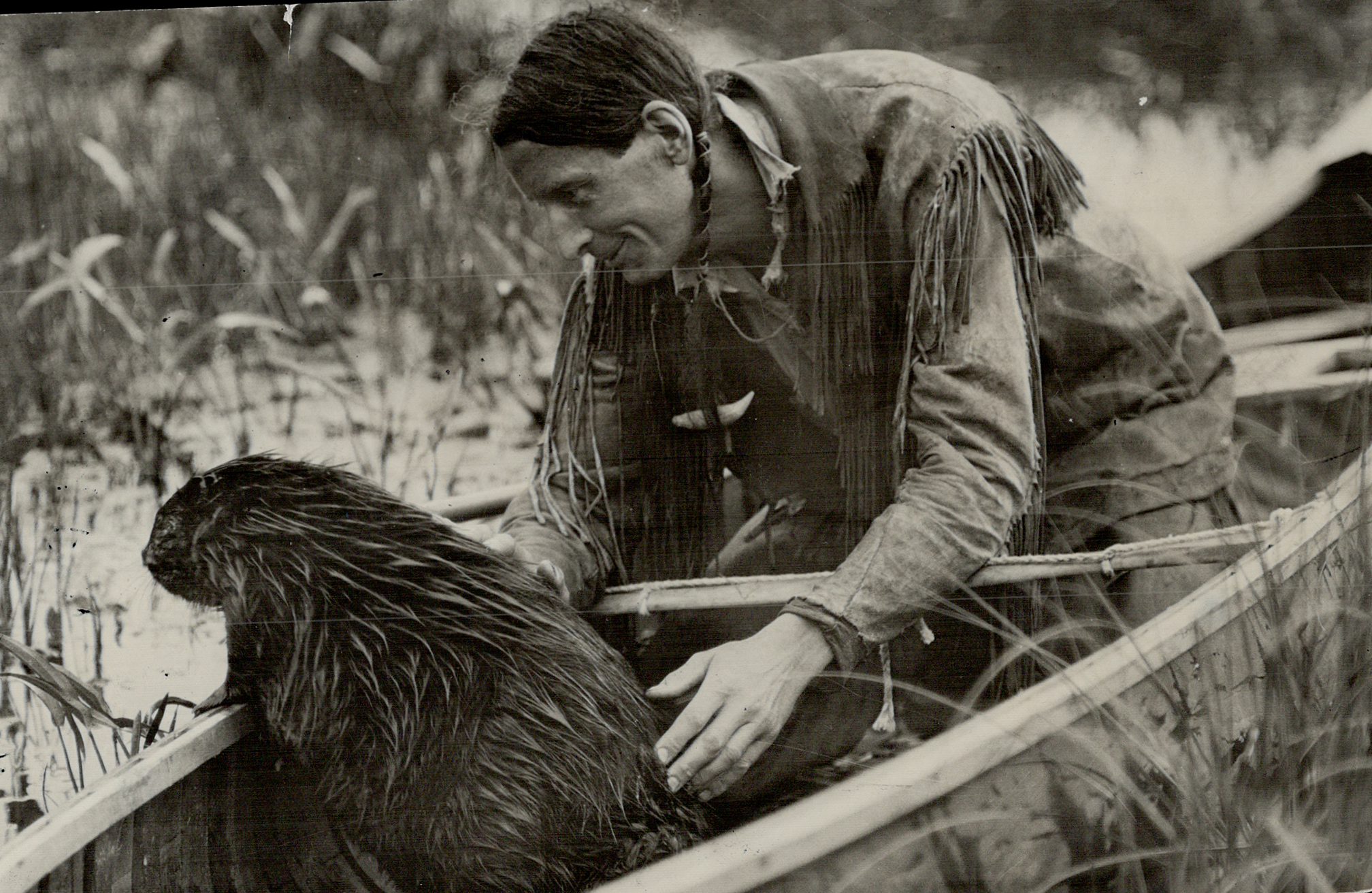 The 1930s eco-warrior who inspired David Attenborough and The Queen, only to be unmasked as a hoaxer and 'pretendian' — but his message still rings true
The 1930s eco-warrior who inspired David Attenborough and The Queen, only to be unmasked as a hoaxer and 'pretendian' — but his message still rings trueMartin Fone tells the astonishing story of Grey Owl, who became a household name in the 1930s with his pioneering calls to action to save the environment — using a false identity to do so.
By Martin Fone
-
 Curious Questions: Why do all of Britain's dolphins and whales belong to the King?
Curious Questions: Why do all of Britain's dolphins and whales belong to the King?More species of whale, dolphin and porpoise can be spotted in the UK than anywhere else in northern Europe and all of them, technically, belong to the Monarch. Ben Lerwill takes a look at one of our more obscure laws and why the animals have such an important role to play in the fight against climate change.
By Ben Lerwill